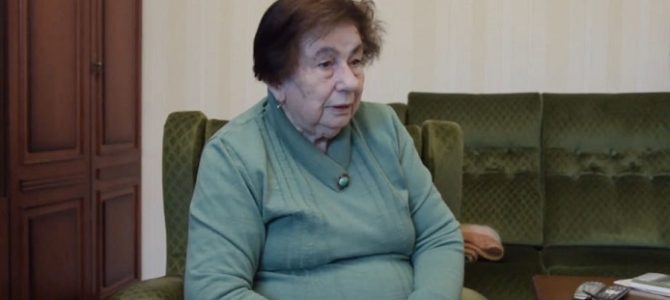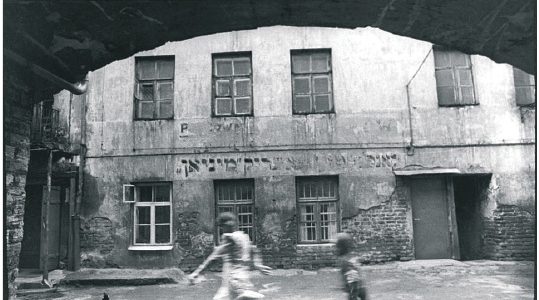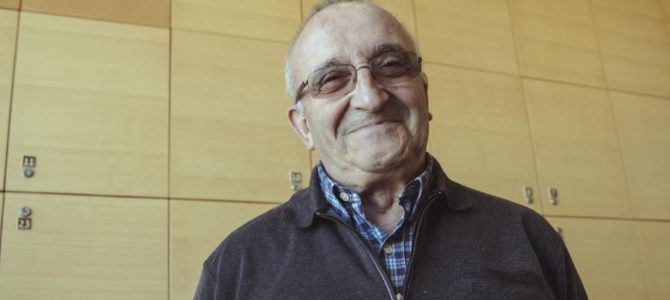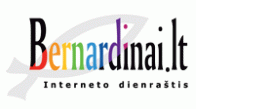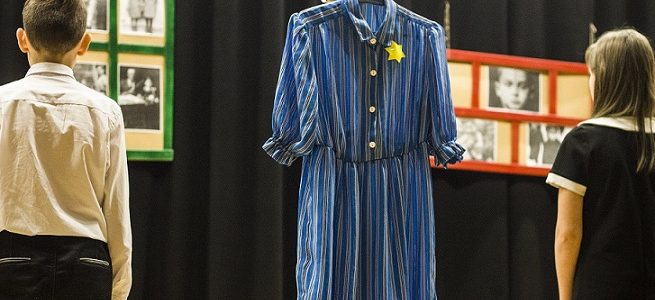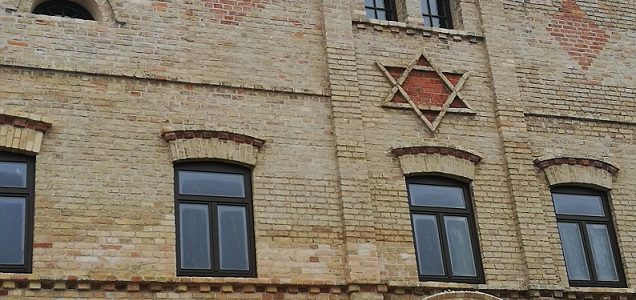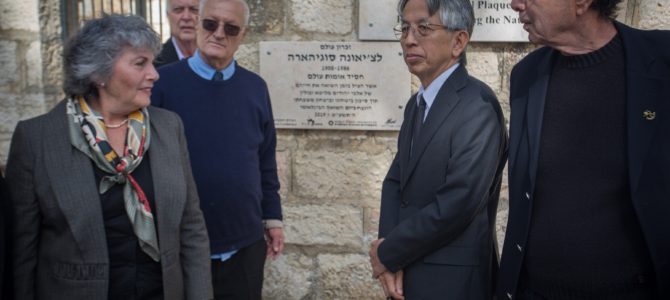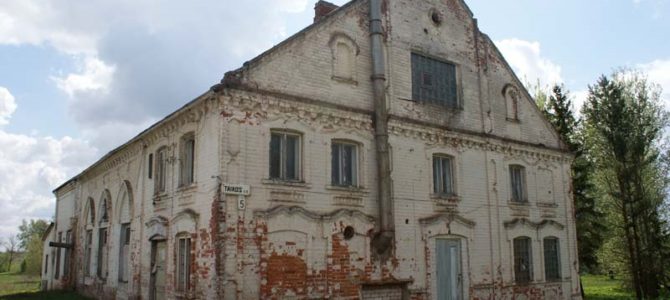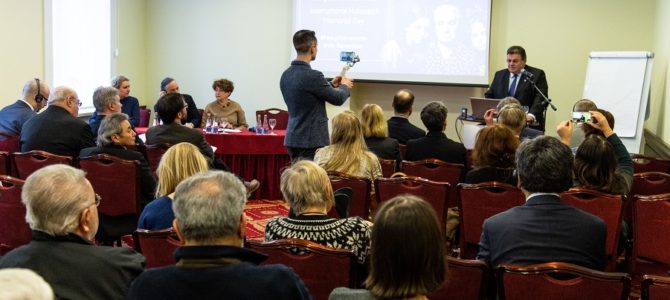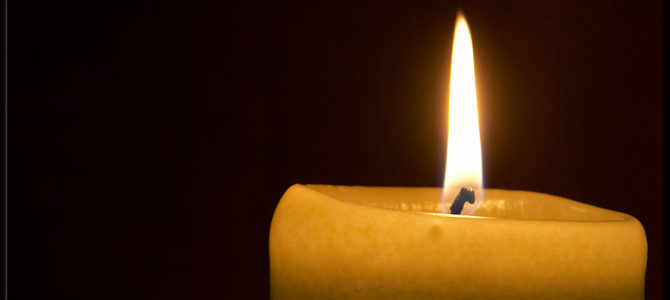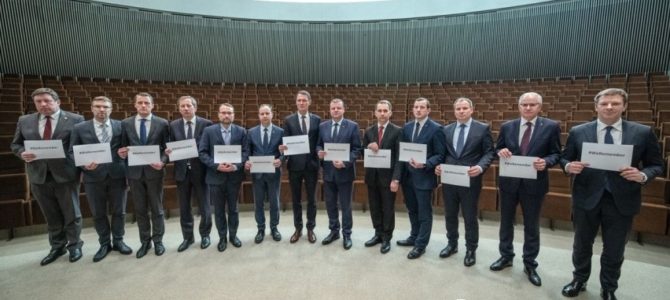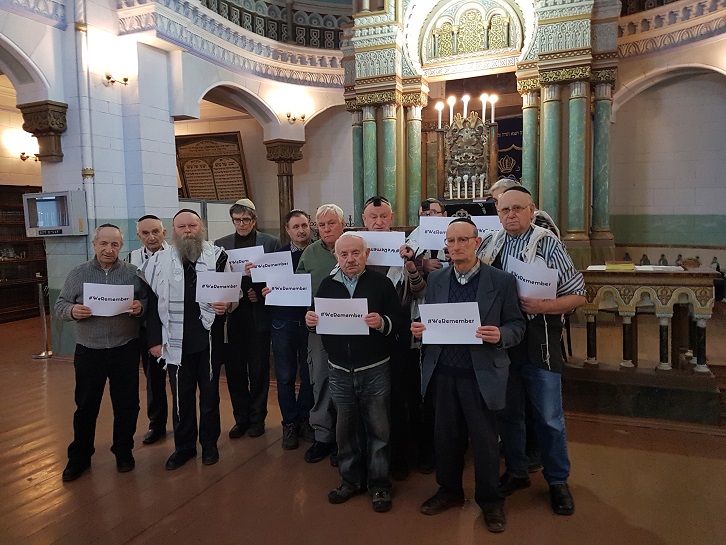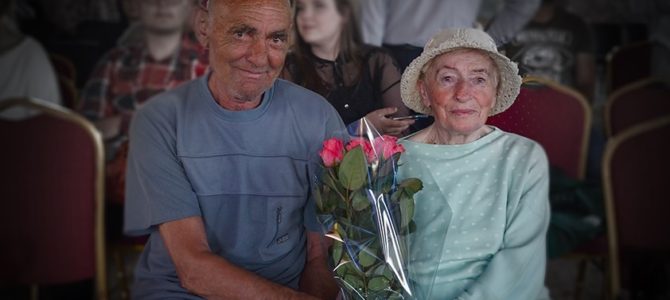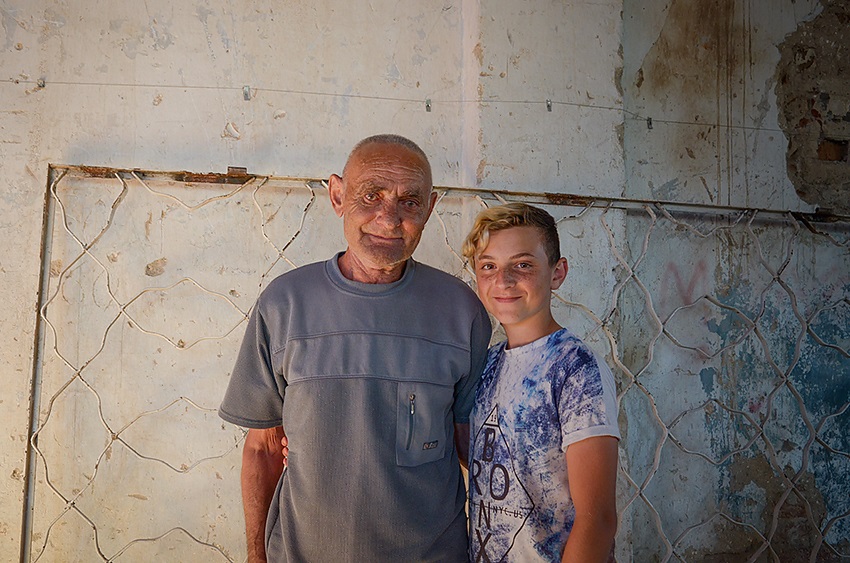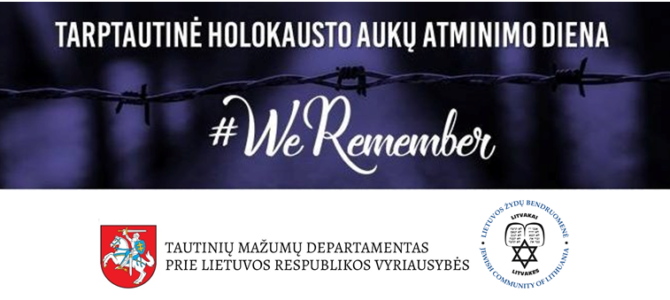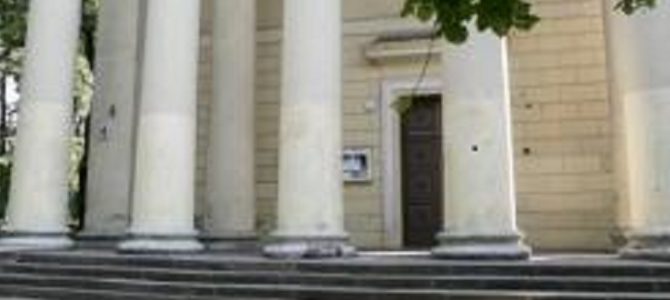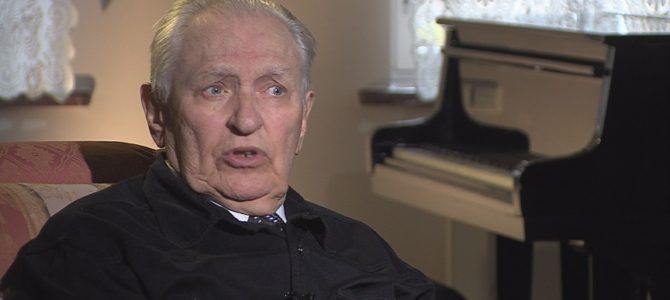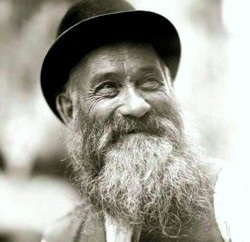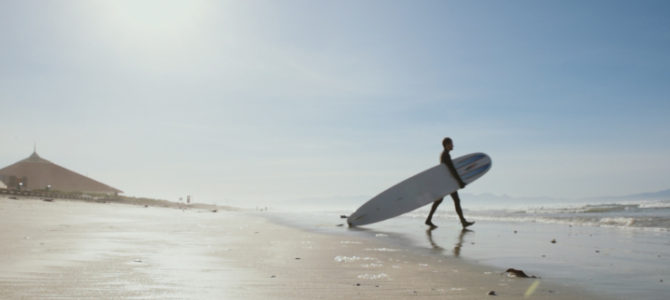by Jurgita Lieponė

“It’s impossible to tell of that horror and hunger,” Kaunas Jewish Community member Dobrė Rozenbergienė said. Her story along with the stories of those who suffered a similar fate are buried deep. And if you encountered these people on the street or at the store, next to the dairy products, you wouldn’t even think that standing before you is someone who survived the impossible. Or that for him the word “action” isn’t associated with a sale at a shopping center at all, but with the some of the worst memories. Sometimes words are more than just words.
Dobrė Rozenbergienė was born in Jurbarkas in 1928, where she lived with her parents Motel Most and Brokhe Fidler and her brother Israel until World War II. The Most family shared the home with her mother’s cousin’s family. The war left its mark on the family’s fate and as a child Dobrė experienced the loss of her closest family members. She shared her memories with the curators of the Memory Bureau project of the Kaunas as European Capital of Culture program.
Full story in Lithuanian here.


